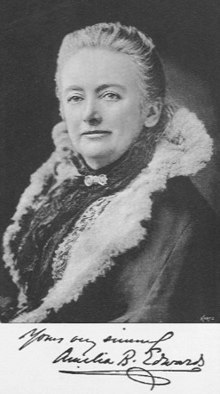
The film “It’s A Wonderful Life,” is an apt metaphor I frequently return to and during this holiday season, it’s useful to reflect on the Bedford Hills Historical Society. What role should the Bedford Falls Historical Society have played?
I’ve offered my view of the role of historical societies in communities here at The New York History Blog before. My contention has been, among other things, that historical societies fall into a dangerous and unsupportable trap if they think of their primary function is to support tourism. Quite the contrary, they are community organizations, part of the social fabric like schools and libraries which also are chartered by the New York State Education Department.
The primary responsibility of historical societies is to be involved in the local community, to remember the past, to connect us to it, and to offer a sense of continuity into the ever changing future. This doesn’t mean the historical societies should ignore tourism, after all communities do have stories to tell, but like the Bailey Savings and Loan, they are part of the social fabric of the community and their first loyalty is to the community where they’re located.
I was reminded of the truth of this in a recent New York Times opinion piece, “A Formula for Happiness.” The article was not about historical societies. It analyzed instead the importance of genetics in determining individual happiness as a general condition and the impact of events in determining immediate and temporary happiness (you win LOTTO, your proposal in work or love is accepted). Then Arthur Brooks, the author of the piece, turned the other parts of happiness that are under our control. “It turns out that choosing to pursue four basic values of faith, family, community and work is the surest path to happiness,” Brooks writes, adding, “Few dying patients regret over-investing in rich family lives, community ties and spiritual journeys.”
These journeys take many forms. For example, consider Hamburg, south of Buffalo. Twelve years ago, the village objected to a NYS Department of Transportation plan to “improve” the village’s Main Street by widening the highway through the heart of the downtown. Lifelong Hamburg resident Susan Burns feared the improvement would remove the people from the heart of the community. “The village that many had once compared to the idyllic Bedford Falls in the 1940s movie ‘It’s a Wonderful Life’ worried that it was sliding toward Pottersville, or worse yet, a ghost town,” she told the New York Times.
Village trustee Laura Hackathorn said, “If you build a place for cars, it will be a gathering place for cars. If it’s built for people, it will be a gathering place for people.” She reminds us that “If you build they will come” produces a field of fulfilled dreams, but only if you build the right thing. Residents demanded a walkable downtown that turned the lights on, not off, at 5 pm. In 2012, Hamburg’s Main Street was placed on the National Register of Historic Places. Former resident Norm Zintz returned home after he retired and enjoys the changes which have occurred. “Its was a ghost town,” he told the Times, “Now they’ve made it a pleasure to walk through the village. It’s like Bedford Falls all over again, and everyone knows it’s wonderful life.”
Not all stories have a happy ending, but since this is the season of good cheer, I wanted to tell one that did.
What’s that I hear? A bell ringing? You know what that means.
Merry Christmas, Happy Holidays, and Happy New Year.





